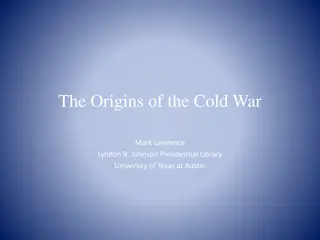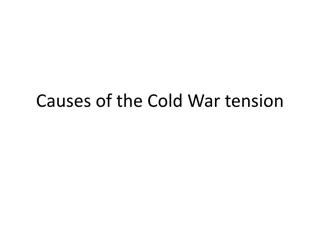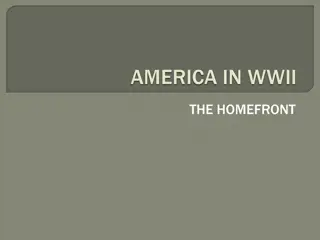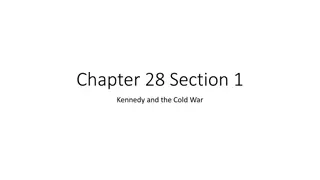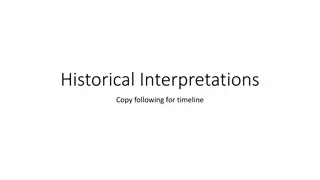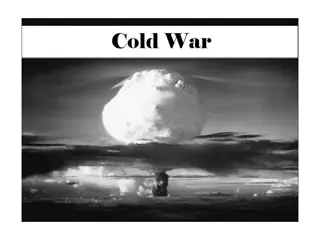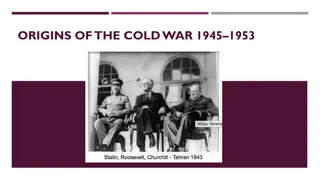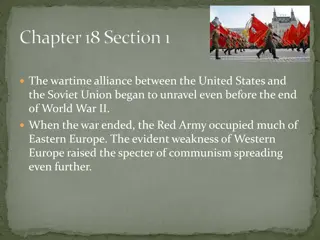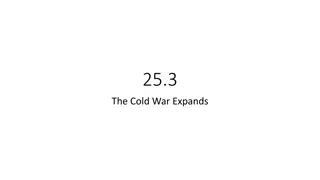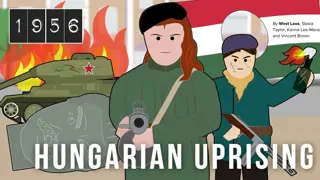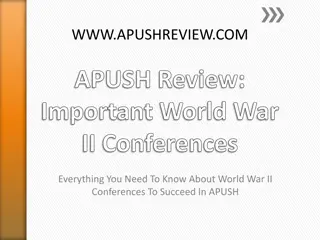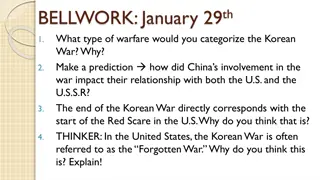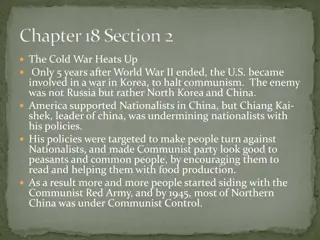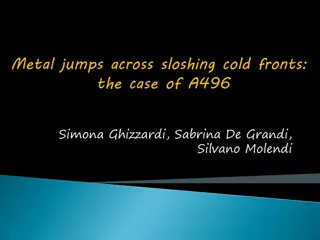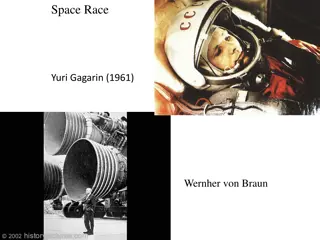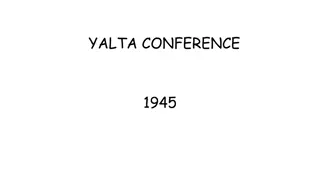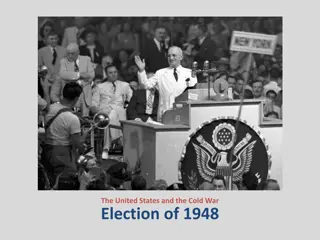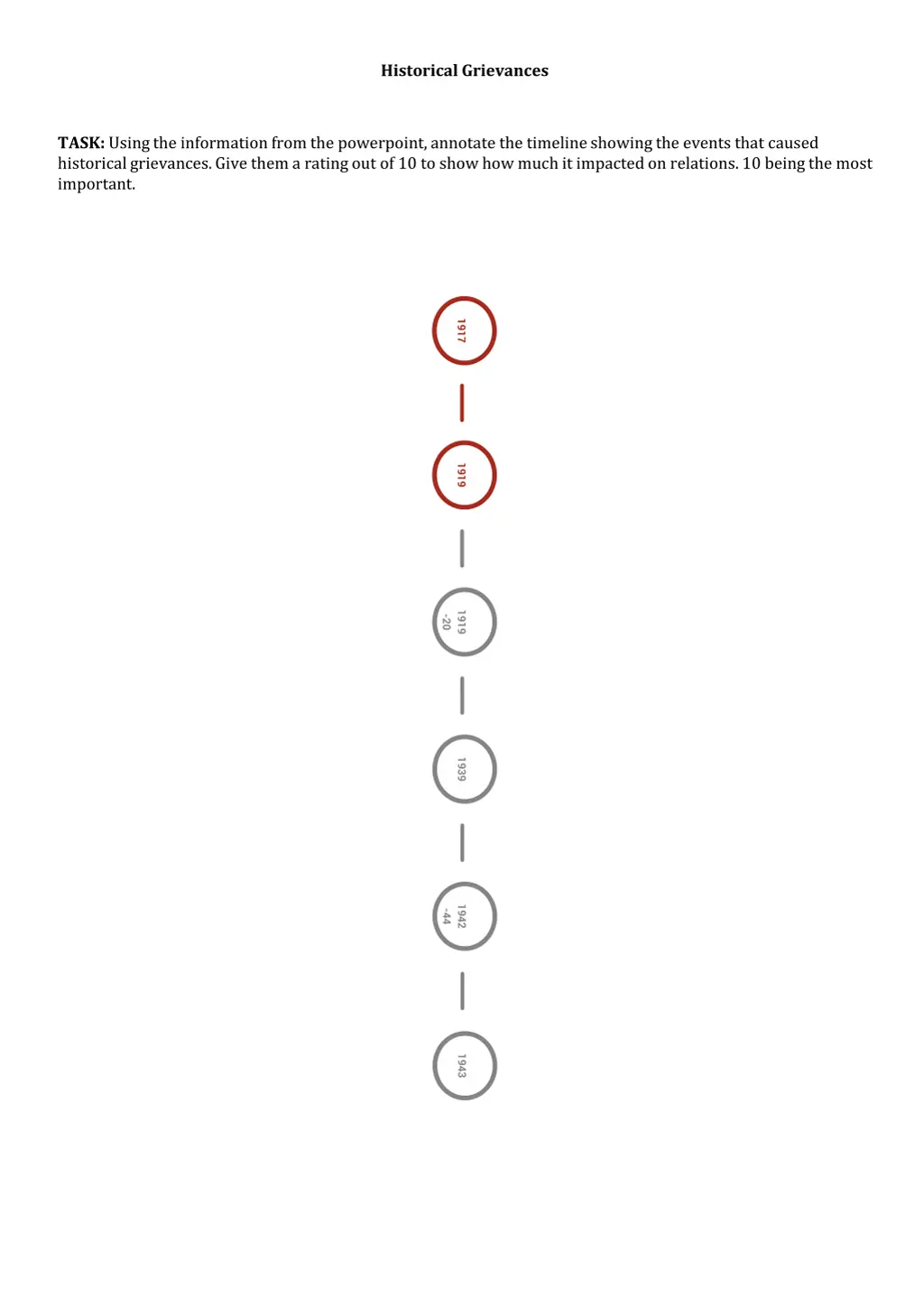
Understanding Historical Grievances from Yalta to Potsdam
Explore the historical grievances leading to the Yalta and Potsdam Conferences through events that impacted relations. Analyze key points, agreements, and disagreements between leaders. Evaluate the usefulness of sources like cartoons and personal accounts in understanding these significant historical events.
Download Presentation

Please find below an Image/Link to download the presentation.
The content on the website is provided AS IS for your information and personal use only. It may not be sold, licensed, or shared on other websites without obtaining consent from the author. If you encounter any issues during the download, it is possible that the publisher has removed the file from their server.
You are allowed to download the files provided on this website for personal or commercial use, subject to the condition that they are used lawfully. All files are the property of their respective owners.
The content on the website is provided AS IS for your information and personal use only. It may not be sold, licensed, or shared on other websites without obtaining consent from the author.
E N D
Presentation Transcript
Historical Grievances TASK: Using the information from the powerpoint, annotate the timeline showing the events that caused historical grievances. Give them a rating out of 10 to show how much it impacted on relations. 10 being the most important.
Conferences Task Sheet Pg.3 - 7 Complete the table below, summerising the key points of the Yalta Conference. Yalta Conference 4-11 February 1945 Prelude to the conference: Churchill and Roosevelt objectives: Stalin's Objectives: Agreements: Success Rating - Colour in the thermometer and explain why you gave it that rating. The relationship between the three leaders in 3 bullet points. Stalin Roosevelt Churchill
Source A This cartoon by the American cartoonist Paul Plaschke appeared in the Chicago Tribune, shortly after the Yalta Conference. It shows Stalin playing poker with Churchill and Roosevelt. What does the cartoon tell you about how the Americans viewed the Yalta conference? Why is the source useful to a Historian studying Yalta Conference? HOT - Why is the source not useful to a Historian studying Yalta Conference? HOT - Make an overall judgement on how useful this source is to a Historian studying the Yalta conference.
Complete the table below, summerising the key points of the Yalta Conference. Potsdam Conference 17 July-1 Aug 1945 Context conference: Agreements/Success Disagreements/Failures Success Rating - Colour in the thermometer and explain why you gave it that rating. The relationship between the two leaders in 3 bullet points. Stalin Truman
Source E This cartoon was published in the Soviet magazine Krokodil on 30 July 1945, three days before the end of the Potsdam Conference. Answer the following questions regarding source E 1. What can you see? 2. What does it symbolise? 3. The cartoon shows scenario contrary to the truth, why do you think this is? 4. What does it show about USSR intentions? Source D Now I know what happened to Truman yesterday. I couldn't understand it. When he got to the meeting after having read this report he was a changed man. He told the Russians just where they got on and off and generally bossed the whole meeting. Churchill, talking - on 22 July - about Truman's behaviour on that day (i.e. the day after he had found out about the atomic bomb). Complete the table below which saying why it might be useful/not useful to a historian studying the Potsdam Conference Context (what s going on at this time?) Nature (type of source) Origin (When) Purpose Tone


